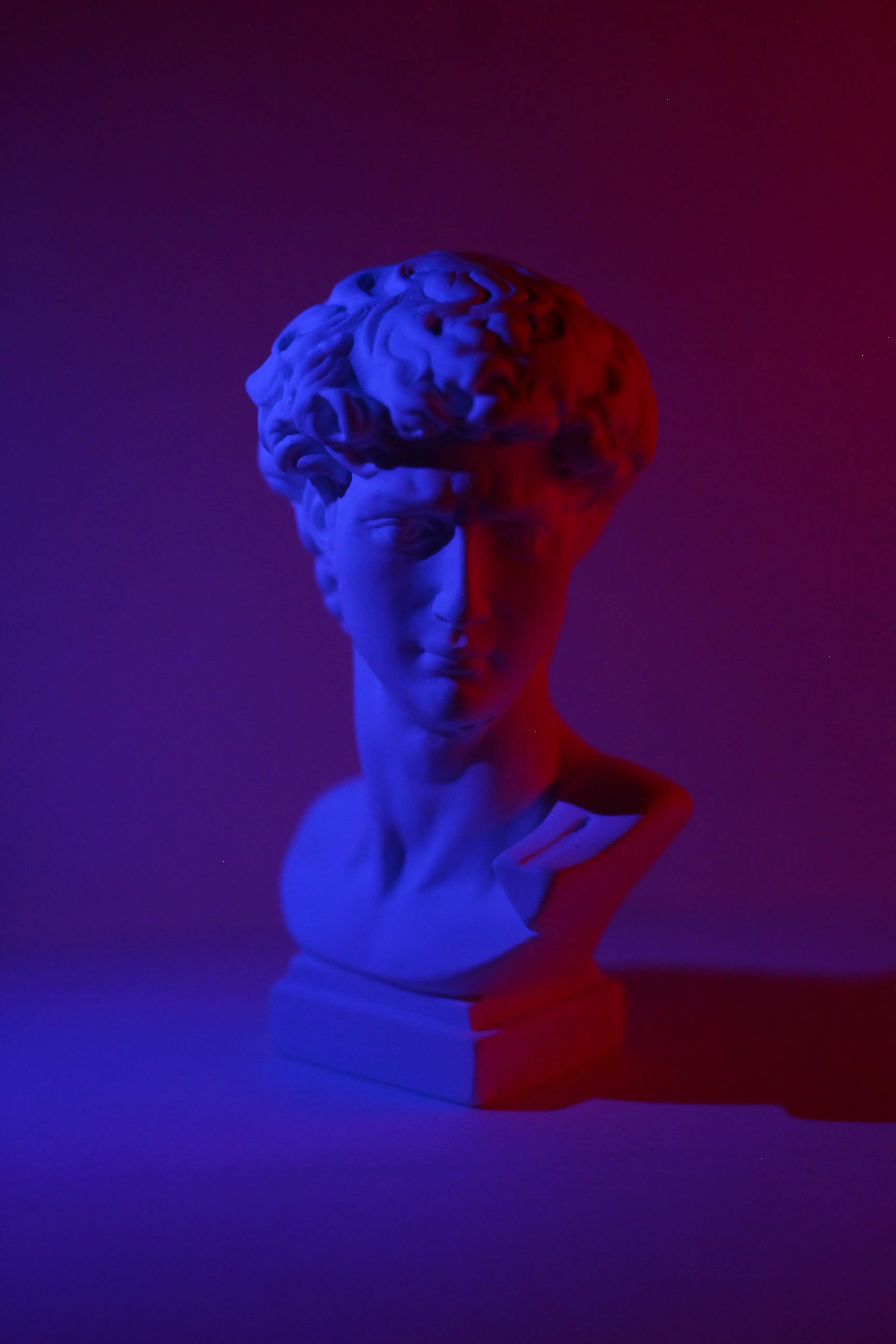
In an art piece, the form refers to the elements that are not related to the actual meaning of the art piece or are not of semantic significance. Examples include lines, mass, medium, scale, shape, value, texture, and space. Formal aspects of the image do not carry meaning as seen in words. The form also includes primary features such as unity, similarity, rhythm, composition and contrast.
Content refers to the essence of an artwork on the main idea or information being depicted in a visual style. Example, a religious symbol such as a cross or an angel facilitates understanding of the meaning of an artwork such as salvation. Context, on the other hand, refers to the conditions or situations under which artworks are produced or interpreted.
[Don’t you wish someone would “Write my essay?” We are here for you.]
The artwork under analysis is that of George Washington from the Phoenix art gallery in Arizona accessible at http://www.phxart.org/collection/american. The image is painted by Gilbert Stuart, in 1796. The portrait had a dark background that that brings out the face of George Washington. The artist mainly focused on the face of George Washington. The Dull black background takes the largest proportion of the painting. The black background enables the view to focus on the image of George Washington without distractions from the homogenous background environment. The extremely low contrast of the black background promotes the radiance of the painting mainly the face. The image is also dull and brings out an impressive harmony by combining a black background with white, gray and brown used to construct the face. The unity created by the four colors makes the image radiant despite it dull black background.
The content refers to the message in an artwork and is mainly based on the interpretation of the viewer if the artist did not provide the meaning. The painting is meant to serve a historical meaning. Quoting the history of the United States and the contribution of George Washington, the painting is a symbol of unity in the United States.
The context of the image refers to the environment of production, interpretation, and intended meaning. The George Washington photograph was painted for historical reasons to push forward his legacy. George Washington was the first president of the United States and fondly remembered as the “founding father.” George Washington was also a commander in the revolutionary war leading to the formation of the United States. The painting is created to serve a historical purpose. The painting was made by Gilbert Stuart in 1796 and is one of the 75 such unfinished paintings made in the likeness of George Washington. I believe the dull black background is meant to radiant the face of George Washington as a symbol of unity and formation of one united country from the several individual states.

The second analysis was the linkage artwork by Barbara Grygutis in 1999; the creation depicts interlocking ribbons. The artwork is a representation of the pathways in the college with the ribbons intersecting at the column. The artwork is found at the Mesa Community College Campus.
The artwork shows several distinctive aspects of the form including color, contrast, line, space, harmony and balance or asymmetry. The artwork utilizes a variety of colors including white, gray, red, white and black. White and Black’s colors dominate a large section of the artwork. The colors make the images more attractive and also help bring out the meaning of the image.






